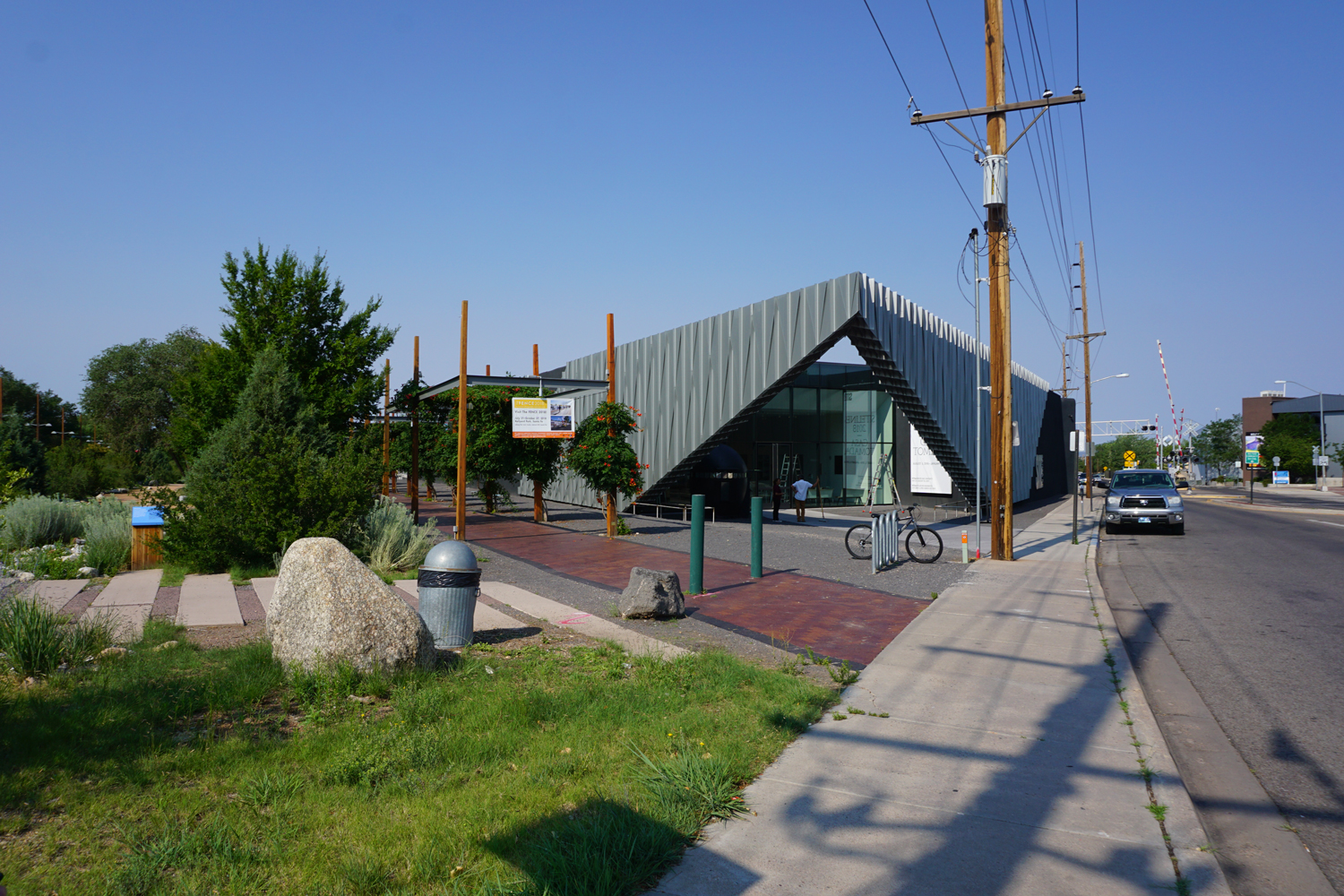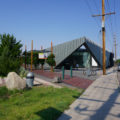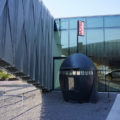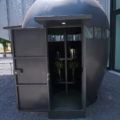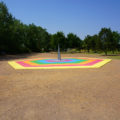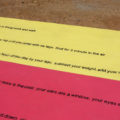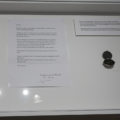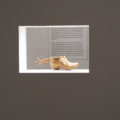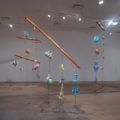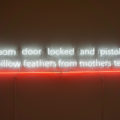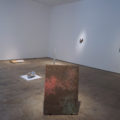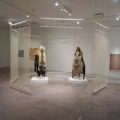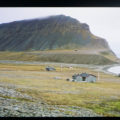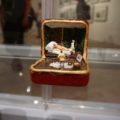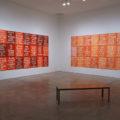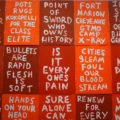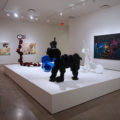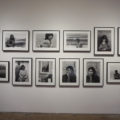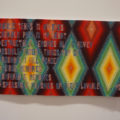[ad_1]
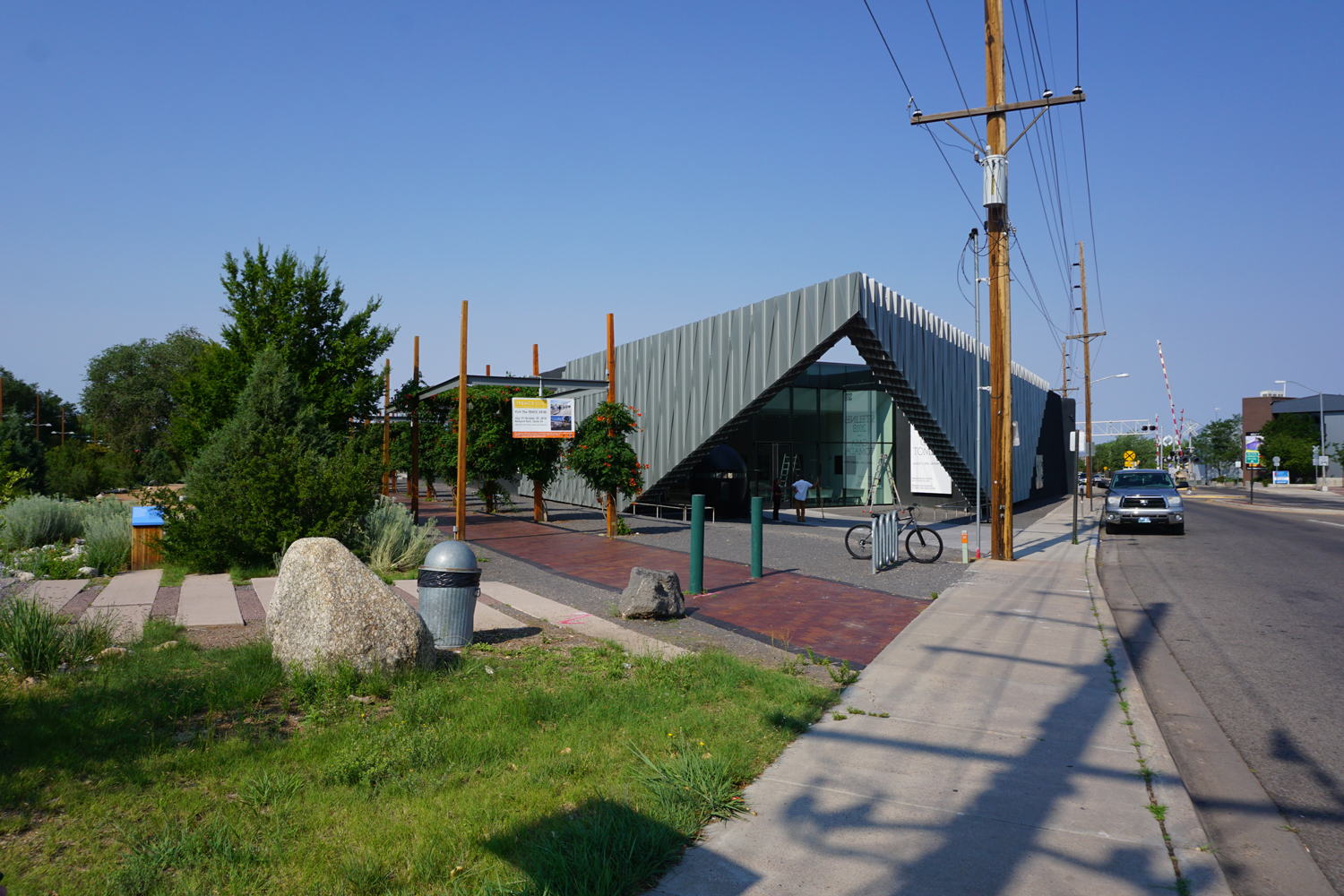
The exterior of SITE Santa Fe.
MAXIMILÍANO DURÓN/ARTNEWS
The 2018 edition of the SITElines biennial opens to the public today at SITE Santa Fe. The exhibition, which is titled “Casa tomada,” is curated by José Luis Blondet, Candice Hopkins, and Ruba Katrib, with Naomi Beckwith serving as curatorial adviser, and features work by 23 artists, including 10 new commissions. Its title is an awkward phrase that deliberately doesn’t make sense—it can be loosely translated as either “drunken house” or “house under siege.” The exhibition’s name is borrowed from a 1946 short story by Argentine writer Julio Cortázar about two bourgeois siblings living in their ancestral home in Buenos Aires. Slowly and inexplicably, they are forced out of sections of their house; finally, they must leave altogether. Below, a look at some of the stunning show’s highlights. A full report on the exhibition will follow next week.
This article was produced with funding from Critical Minded, an initiative of the Ford Foundation and the Nathan Cummings Foundation that supports cultural critics of color.
-
The exterior of SITE Santa Fe, which reopened after a renovation this past fall. This is the first edition of SITElines held in the new building.
MAXIMILÍANO DURÓN/ARTNEWS
-
Outside the museum stands a traveling replica of the artist-run, Guatemala City–based NuMu (El Nuevo Museo de Arte Contemporáneo), a project by Stefan Benchoam and Jessica Kairé.
MAXIMILÍANO DURÓN/ARTNEWS
-
NuMu traveled from the Los Angeles County Museum of Art, where it was included in the recent Pacific Standard Time: LA/LA exhibition “A Universal History of Infamy.” Its exterior, once painted white, now appears black.
MAXIMILÍANO DURÓN/ARTNEWS
-
The interior of the egg-shaped exhibition space changes throughout the course of its exhibition. Here, it features a desert oasis of plant life and champagne, part of Radamés “Juni” Figueroa’s El slavaje nido slavaje (The wild, wild nest), 2013/18, which will be on view until October.
MAXIMILÍANO DURÓN/ARTNEWS
-
SITElines features two of its new commissions outside the museum’s galleries. Pictured here, on the side of SITE Santa Fe’s building, is Lutz Bacher’s Rocket (2016–18).
MAXIMILÍANO DURÓN/ARTNEWS
-
The other, in the adjacent Railyard Park, is Eduardo Navarro’s brightly colored sundial installation Galactic Playground (2018), which can be used as conceptual, outdoor board game, according to the artist.
MAXIMILÍANO DURÓN/ARTNEWS
-
Painted across parts of the base of Navarro’s work are instructions that are to be activated when the shadow of the gnomon reaches them at various parts of daylight hours. They range from near impossible physical tasks (“lay down in the ground and walk”) to philosophical and poetic phrases (“your nose is the past.”).
MAXIMILÍANO DURÓN/ARTNEWS
-
Diagrams excerpted Andrea Fraser’s 2018 book 2016 in Museums, Money, and Politics appear just before the entrance to the biennial galleries. The tome—which is the size and weight of a phone book—evaluates the contributions given to political organizations by trustees at American art museums. The charts here break down donations to Republic and Democratic causes of museum boards on a whole; the top row includes one that looks specifically at those of SITE Santa Fe’s board.
MAXIMILÍANO DURÓN/ARTNEWS
-
One of the guiding narratives of the exhibition is that of a monument to Juan de Oñate, the first governor of New Mexico, who is revered by some—and who is known to others as the official who ordered the amputation of the right foot of every Acoma Pueblo man over the age of 25, as well as those of other men in surrounding Pueblo communities, in 1599. In 1997, two anonymous people cut off the right foot of the recently erected Oñate statue, about 40 minutes north of Santa Fe, citing solidarity with the conquistador’s victims.
MAXIMILÍANO DURÓN/ARTNEWS
-
Pictured here is a clay cast of the original amputated foot, which is still in the possession of someone only known as Mr. X. In 2017, Mr. X approached filmmaker Chris Eyre about making a documentary about the action. The previous image presents a letter by Mr. X about his intentions.
MAXIMILÍANO DURÓN/ARTNEWS
-
A series of hanging mobiles by Naufus Ramírez-Figueroa titled Revindication of Tangible Property (2018), which interprets a passage in the sacred Mayan text Popol Vuh about kitchen utensils rebelling against their owners.
MAXIMILÍANO DURÓN/ARTNEWS
-
A wall installation by Ángela Bonadies and Juan José Olavarría presents some of their work from an ongoing series “La Torre de David,” which focuses on residents who began squatting in an unfinished high-rise in Caracas.
MAXIMILÍANO DURÓN/ARTNEWS
-
Sable Elyse Smith presents a newly commissioned neon work, Landscape IV (2018), to accompany a recut version of her 2017 video work Men Who Swallow Themselves in Mirrors, which appeared at the Queens Museum last year.
MAXIMILÍANO DURÓN/ARTNEWS
-
Installation view of various recent minimalist sculptures by Tania Pérez Córdova.
MAXIMILÍANO DURÓN/ARTNEWS
-
A stunning mixed-media installation by Eric-Paul Riege titled diyin+, hooghan and weaving dance (fig. 3) for Na’ashjéíí Asdzáá, Retha, Effie, and Anglea, 2018.
MAXIMILÍANO DURÓN/ARTNEWS
-
This marks the first institutional presentation of Jumama Manna’s 66-minute film, Wild Relatives (2018), which looks at the journey of a group of seeds that were stored in the Global Seed Vault in Norway for safe-keeping and are now being replicated after a gene bank was moved from Aleppo, Syria, to Lebanon because of the civil war.
MAXIMILÍANO DURÓN/ARTNEWS
-
Curtis Talwst Santiago presents a masterpiece with this glass structure containing around 50 of his tiny dioramas in reclaimed jewelry boxes, each of them part of the ongoing “Infinity Series” (2008– ).
MAXIMILÍANO DURÓN/ARTNEWS
-
The dioramas explore a range of subjects, from current events, to everyday banal actions, to art history. Pictured here is Olympia are you ready? (2012), a re-imagination of Manet’s studio as he prepares to paint Olympia.
MAXIMILÍANO DURÓN/ARTNEWS
-
Santiago’s Walls to Divide (2012).
MAXIMILÍANO DURÓN/ARTNEWS
-
Hock E Aye Vi Edgar Heap of Birds presents a series of newly commissioned 24 monoprints and 24 ghost prints collectively titled Surviving Active Shooter Custer. The phrases are a mix of fragments from pop songs and common sayings, and of Heap of Birds’s own declarations on the topic of mass shootings. The artist believes gun violence is not a new phenomenon—one need look to further than the massacres of Native populations throughout American history, he said.
MAXIMILÍANO DURÓN/ARTNEWS
-
Two telling prints are “STOP/ACTIVE/SHOOTER/CADET/AUTIE/CUSTER,” which reorients General Custer as an active shooter rather than a Civil War–era hero, and “INDIAN/STILL/TARGET/OBAMA/BIN LADEN/GERONIMO,” which reveals the coded violence in calling the operation to capture Bin Laden “Geronimo.”
MAXIMILÍANO DURÓN/ARTNEWS
-
Installation view of “SITElines: Casa tomada,” 2018, featuring paintings by Victor Estrada, left background, and a painting and set of five newly commissioned sculptures by Lawrence Paul Yuxweluptun, center and right background.
MAXIMILÍANO DURÓN/ARTNEWS
-
Paz Errázuriz, from the series “Nómadas del Mar” (Nomads of the sea), 1996, installation view.
MAXIMILÍANO DURÓN/ARTNEWS
-
One of the final works in the exhibition is Melissa Cody’s moving, powerful, and poetic text-based weaving, Sweet lovable . . . You (2016), which reflects on the ongoing pain resulting from the forced displacement of the Navajo people. The work reads: “Invisible tears in my eyes / Incredible pain in my heart / Indestructible memories all in review / Impossible though things may get / Improbable I will forget / Indelible memories / Incomparable memories / Indispensable memories of sweet lovable . . . You.”
MAXIMILÍANO DURÓN/ARTNEWS
Copyright 2018, Art Media ARTNEWS, llc. 110 Greene Street, 2nd Fl., New York, N.Y. 10012. All rights reserved.
[ad_2]
Source link

